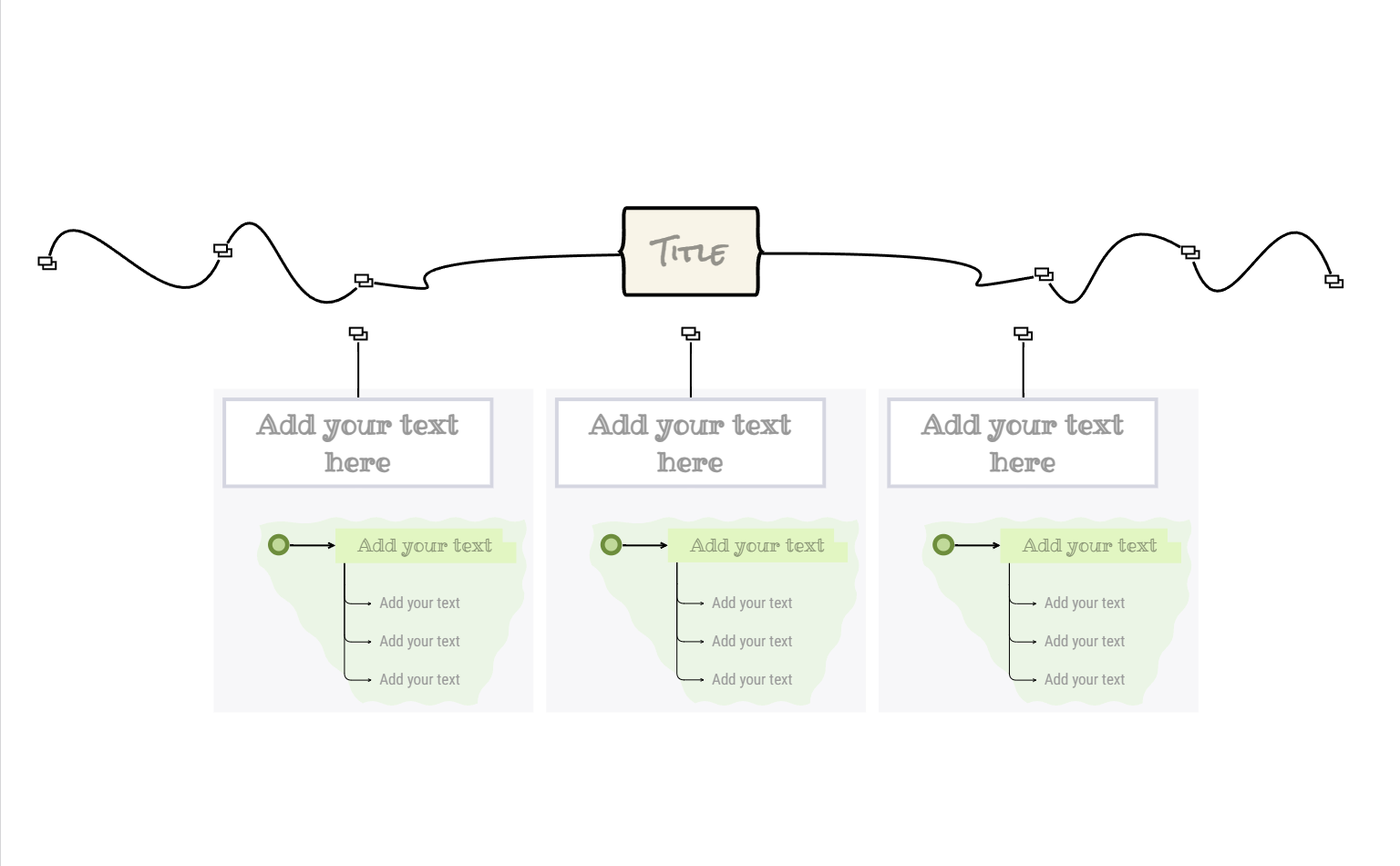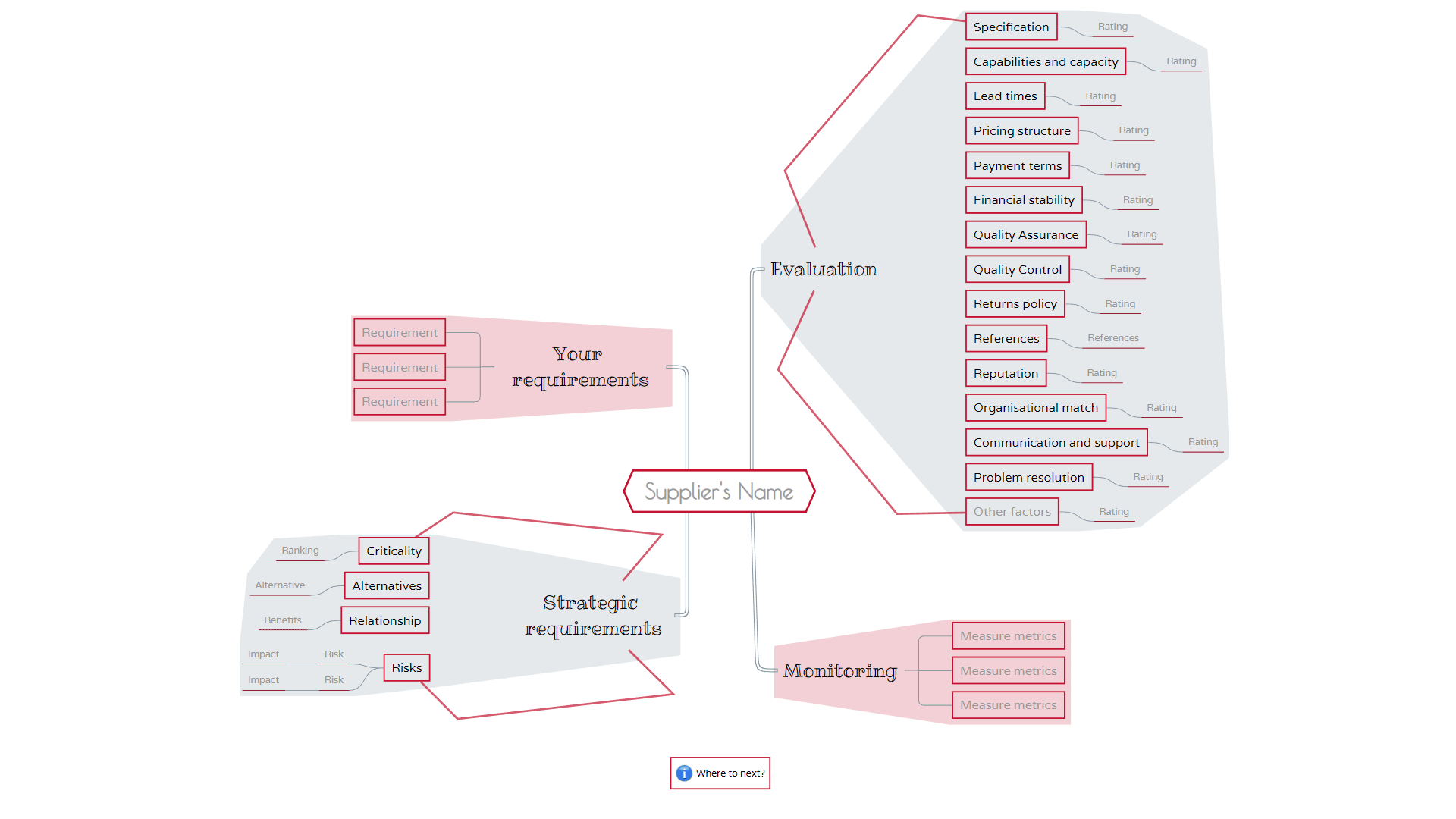Premises of Impactful Visualization
✓ Most of our brain’s surface is used to process visuals. Scientists at the University of Rochester have found that more than 50% of our brain’s cortex is used for interpreting what we see. Your mind is hard-wired to store information in a visual format.
✓ We can remember 65% of visual information after three days. In his book Brain Rules, molecular biologist John Medina details the Picture Superiority Effect, explaining how visuals can heavily influence information recall even after a very short exposure.
✓ Adults can be fully focused for roughly 1 minute. A recent study on sustained attention found that young adults have an average sustained attention span of 76 seconds.
The previous statistic shows that visual information is stored faster and more memorable. It might also help you make the most out of your attention span.
✓ Your brain visualizes an image in 13 milliseconds: MIT neuroscientists found that the brain can identify images in the blink of an eye.
This new evidence of such rapid-fire processing highlights the fact that you can quickly make sense of briefly presented images.
What is mind mapping?
A visual thinking technique in which ideas flow freely and connect naturally around a central theme.
The use of short words or phrases, colors, images, and shapes makes the information straightforward and easier to understand and recall.
You can create mind maps in many different ways, yet the basics are the same:
-
a central theme (a concept, a problem, or just a thought);
-
associations branching out from the central theme;
-
keywords or short phrases to summarize the information;
-
colors, images, and shapes to improve interpretation, memorization and recall.
Brief history of mind maps
The term ‘mind map’ was brought into the spotlight in the early 1970s by the British popular psychology author and TV personality Tony Buzan, but the concept itself goes back centuries.
It is believed that the first thinking map was made by Porphyry of Tyros, a 3rd-century philosopher who wanted to organize Aristotle’s works.
Historians found other famous people keen on diagrams: Ramon Llull, Leonardo da Vinci, Albert Einstein, Pablo Picasso, Paul Klee, Winston Churchill, and Mark Twain.
A philosopher, a polymath, a physicist, a painter, an artist, a political strategist, and a writer. What do these bright minds have in common? They all found great value in expressing ideas visually.
Who uses mind maps and what for?
From academic settings to corporate ones, diagrams have become a universal tool:
-
Students and educators use them for note-taking, summarizing information, lesson planning, and interactive assignments.
-
Business professionals employ them for strategic planning, meeting management, dissecting issues, finding innovative solutions, and organizing collaborative sessions.
-
Project managers use them for all project management phases, from planning to implementation and monitoring.
-
Writers and content creators use them to visualize the ideation process, build plot narratives, structure content, and develop characters.
-
Anyone interested in personal development can use them for goal setting, weekly planning, or career mapping.
Benefits of using mind maps
Did you know you have over 6,000 thoughts per day? Recent research confirms a median rate of about 6.5 thought transitions per minute. From the moment you wake up in the morning until you go to bed at night, your mind is constantly active.
Even the smallest thought leads to another, usually in a non-linear way. Diagramming helps you think the way your mind naturally works, rather than forcing it into a rigid structure.
You can either hand-draw your visual diagrams or sketch them using intuitive mind mapping software that offers much more flexibility and functionality. Modern tools like Mindomo include features such as drag-and-drop topic creation, multimedia integration (images, links, videos), real-time collaboration, cloud storage, automatic layout adjustments, and task management.
Compared to pen and paper, these tools provide a dynamic and interactive experience that not only improves information retention but also enhances productivity and idea organization.You might find it incredibly satisfying to physically link ideas on a page, and watch them become a framework of colorful lines and bubbles. If you’re on the move, mind mapping apps on your phone or tablet make it easy to jot down ideas whenever inspiration strikes. Whether you’re commuting, in a meeting, or just away from your desk, you can keep your thoughts organized without needing a notebook or a pen.
Improve information retention and recall
The ability to take in and quickly recall information? A vital skill in today’s fast-paced, information-driven world.
One effective learning technique that has gained considerable attention is mind mapping. Why? Because of the mind map’s visual layout. It stimulates your brain to store and remember information efficiently.
The interconnected framework highlights the bigger picture. Colors, shapes, images, and associations are retrieval cues that trigger information recall.
Simplify complex information
Improve text comprehension
Is learning something new more difficult than you expected? Just try to link the information to something you already know. Your brain will naturally look for obvious connections, and more and more ideas will occur.
Online mind map makers will give you access to an infinite map canvas for your ideas. The ever-branching map structure will fit perfectly with your thinking process.
Reinforcing your creative thinking skills
Generate original ideas. Find alternative solutions. Explore other possibilities and make new connections between concepts that seem unrelated.
Being creative means you can consider something from a different, fresh perspective.
Creativity is a life skill. In school, it will help you unlock new avenues in your self-expression endeavors.
In any business scenario, where more and more people are igniting innovation under pressure, creativity will be the muscle you will constantly work out.
How can you do this effortlessly? By creating visual thinking maps. It will reinforce your innovative thinking on many levels:
-
Divergent thinking: Build brainstorming maps where your imagination comes up with unlimited possible solutions.
-
Lateral thinking: Find new connections between old ideas. The mind map’s radial, branching structure makes them easier to spot.
-
Aesthetic thinking: Frame your idea/problem using images, colors, and shapes. Looking at it as if you are looking at a painting might stir up undiscovered creativity.
Engage in efortless problem-solving
We think critically without even thinking about it. Modern society makes us constantly rethink, switch directions, and change our problem-solving strategies. So we need to prompt critical thinking, no matter the setting - personal, professional, or academic.
Especially in the academic one - it is vital to help students make the leap from the classroom to the real world.
Apart from the visual aspects, the diagram creation process will help you develop a healthy questioning and rationalizing attitude.
With each step, you’ll get closer to mastering the systematic approach of an efficient problem-solver:
-
Identifying the main concept/idea/problem.
-
Gathering as much related data as possible.
-
Analyzing everything only to leave relevant pieces of information.
-
Highlight important connections.
Make learning more engaging
Students of all ages, abilities, and interests can benefit from mind map activities. Because they can be adapted to various subjects and learning styles, you can use them for note-taking, brainstorming, essay planning, project and research planning, reviewing material, etc.
Diagrams will give students the freedom to organize ideas in a way that makes sense to them. It will also be fun to hone down on specific topics by using meaningful images, colors, and shapes.
We have an entire collection of mind map ideas for students. Explore it to find your inspiration!
Getting Started with Mindomo
If online diagramming is what you are interested in and you are looking for a free tool, Mindomo might be the best option.
You sign up for a lifetime, free account, and you get access to three free mind maps. You can upgrade to premium if you want to create more diagrams and benefit from extra features.
Start working the way your mind naturally works. Start your diagramming journey with Mindomo now!








